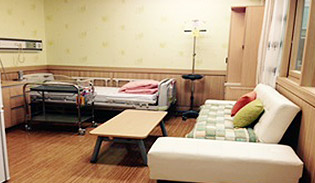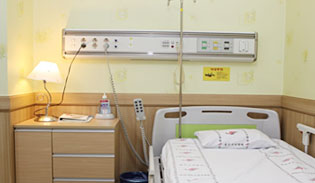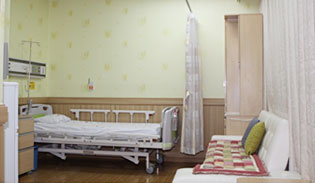 홈 > International Healthcare Center> Labor & Delivery Service> Rooming-in with Baby
홈 > International Healthcare Center> Labor & Delivery Service> Rooming-in with Baby




Rooming-in is the practice followed in the hospital where the baby's crib is kept by the side of the mother's bed. This arrangement gives an opportunity for the mother and father to know their baby. The bond between the parent and the child is well established in roomed-in babies. There is a better chance of success with breast-feeding in roomed-in babies. Parents do not have the fear of baby-switching while roomed-in. Rooming-in is one of the components of baby-friendly hospitals, devised by WHO.